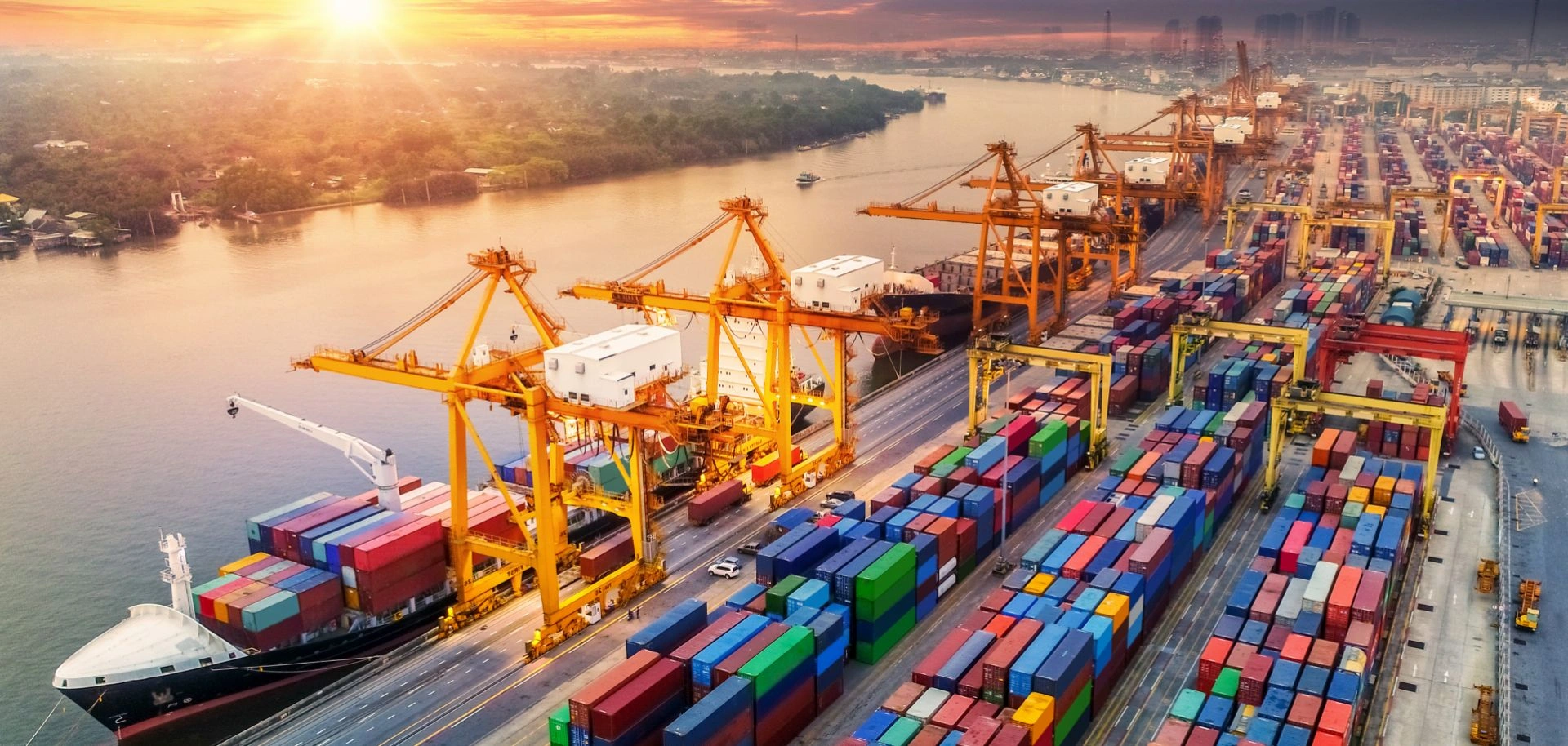Chahbahar project details
Iran has decided to build the Chahbahar railway project on its own after delays in funding of the project by India. This 610-kilometer railway line will connect Iran’s Chabahar port to its Iran’s Sistan and Pakistan’s Baluchistan province Zahedan. It will eventually stretch to Zaranj on the Afghan side, enabling hassle-free trade. The railway project will carry nearly one million passengers and 800,000 metric tons of freight in its first year of operation in 2022.
Reluctance by Indian authorities in bringing required funding and equipment has caused this decision. Iranian authorities have started track laying of 610 kilometers railway after acquiring finance by tapping Iran’s sovereign wealth fund.
What the Indian Media Says
According to the Indian news outlet “The Hindu” report, India was a major contributor to develop Iran’s south-east port Chabahar. This undertaking is about 50,60 miles away from Pakistan’s deep-sea port Gwadar. India sees Gwadar port as a strategic threat due to its importance under China’s OBOR flagship project CPEC. On the other side, India was also reluctant to actively take part in the development of Chabahar due to American sanctions.
Iran\’s Deputy of Ports and Maritime\’s views
Meanwhile, according to “Al-Jazeera” a deputy to Iran\’s Ports and Maritime Organization. Farhad Montaser, called the story \”totally false because Iran has not inked any deal with India regarding the Zahedan-Chabahar\” railway. The news report quoted him as saying \”We had a list of Indian investments in Chabahar port. This also included the issue of Chabahar railway infrastructure and the railway, but during the negotiations, it was not agreed upon.\”





